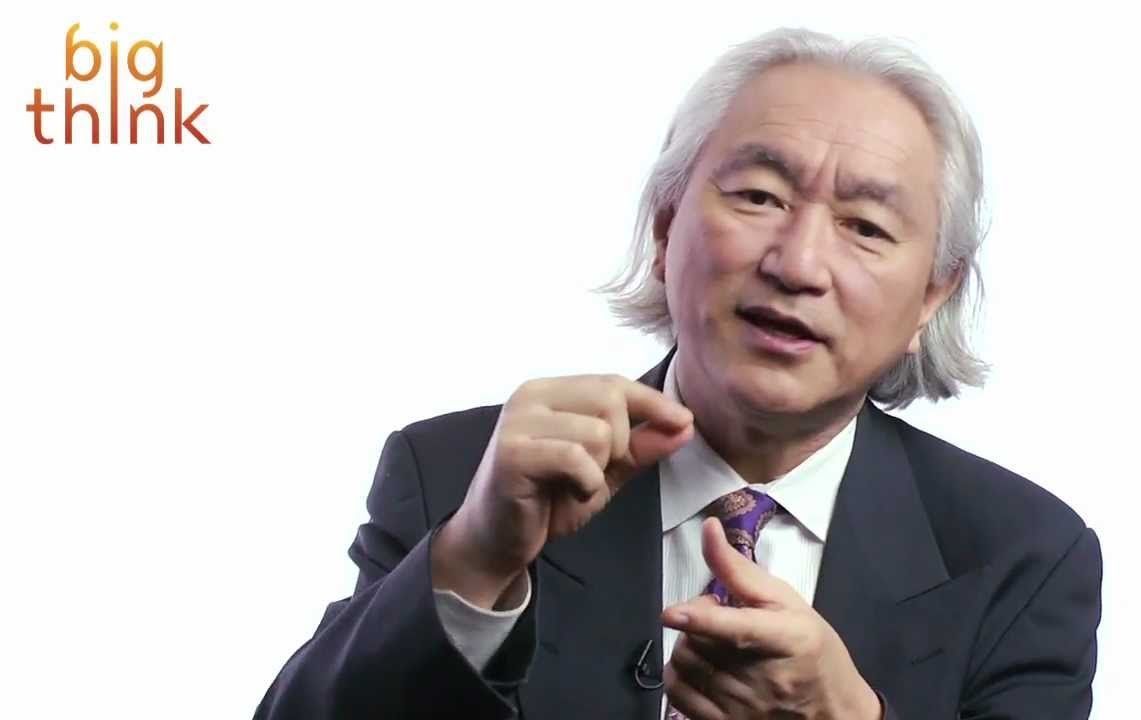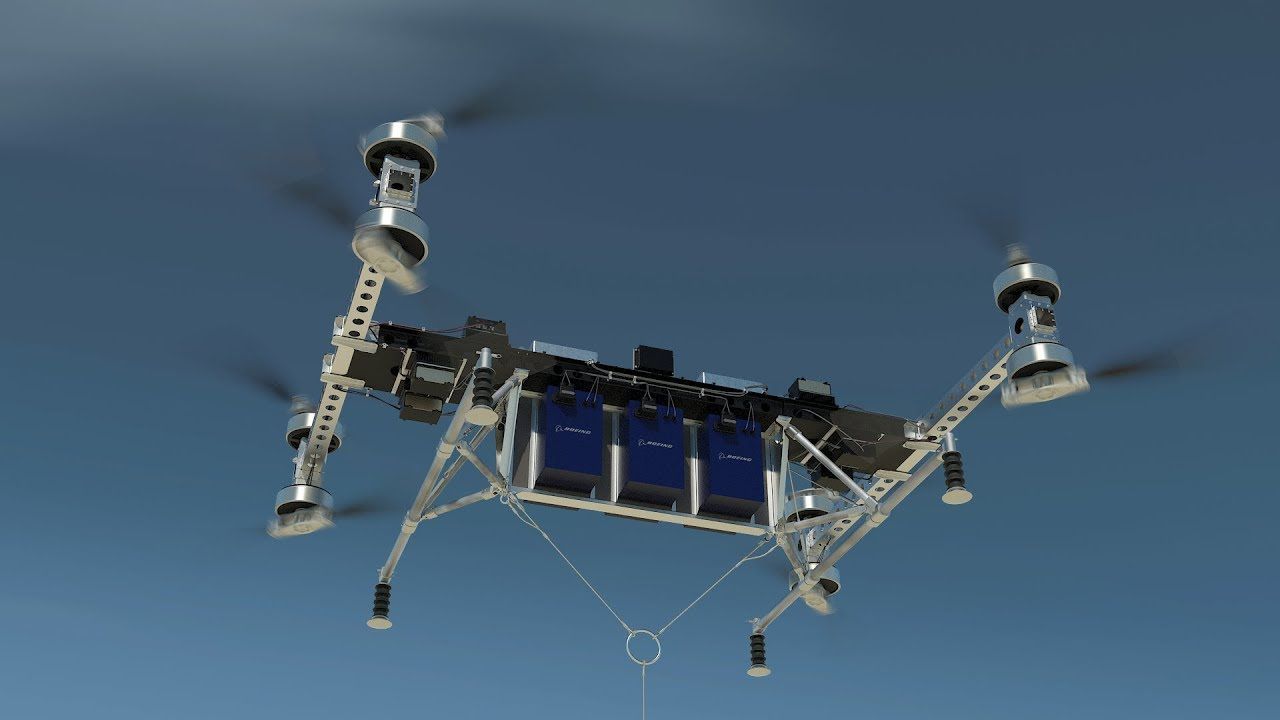Rather than focus on the specs of upcoming vehicles, the most interesting part of Mercedes-Benz’s CES presentation came when the automaker said it built its own assistant for the car.
Walmart ditches checkout lines
Posted in futurism
“Neural dust,” thought-powered typing and mini-brains generate academic and corporate interest.
- By Sharon Begley on December 28, 2017
A method of securely communicating between multiple quantum devices has been developed by a UCL-led team of scientists, bringing forward the reality of a large-scale, un- hackable quantum network.
To date, communicating via quantum networks has only been possible between two devices of known provenance that have been built securely.
With the EU and UK committing €1 billion and £270 million respectively into funding quantum technology research, a race is on to develop the first truly secure, large-scale network between cities that works for any quantum device.
In the future, autonomy won’t just mean you can relax in the passenger seat on your drive home from work. Driverless vehicles of all kinds are set to revolutionize the cargo industry, too, from delivering a pizza or dropping off an Amazon package, to hauling much larger shipments across continents and the high seas. Naturally, Boeing is one of many companies investing in cargo planes of tomorrow, and is keen to show off some of its early work in the form of a huge octocopter capable of carrying loads of up to 500 pounds (over 250kg). In less than three months, engineers at Boeing built and carried out successful test flights of the all-electric prototype, possibly (but unofficially) breaking a Guinness world record in the process.
The rough-and-ready concoction of metal and batteries measures 15 feet long, 18 feet wide and 4 feet tall, weighing in at 747 pounds (nearly 339kg). In other words, it dwarfs the consumer DJI drone you got for Christmas. Obviously Boeing’s prototype is far from a commercial product, but the firm says it’ll be used “as a flying test bed to mature the building blocks of autonomous technology for future applications.”
The Industrial Void of Metal
Posted in futurism









